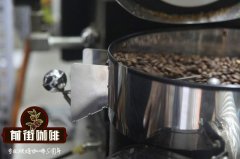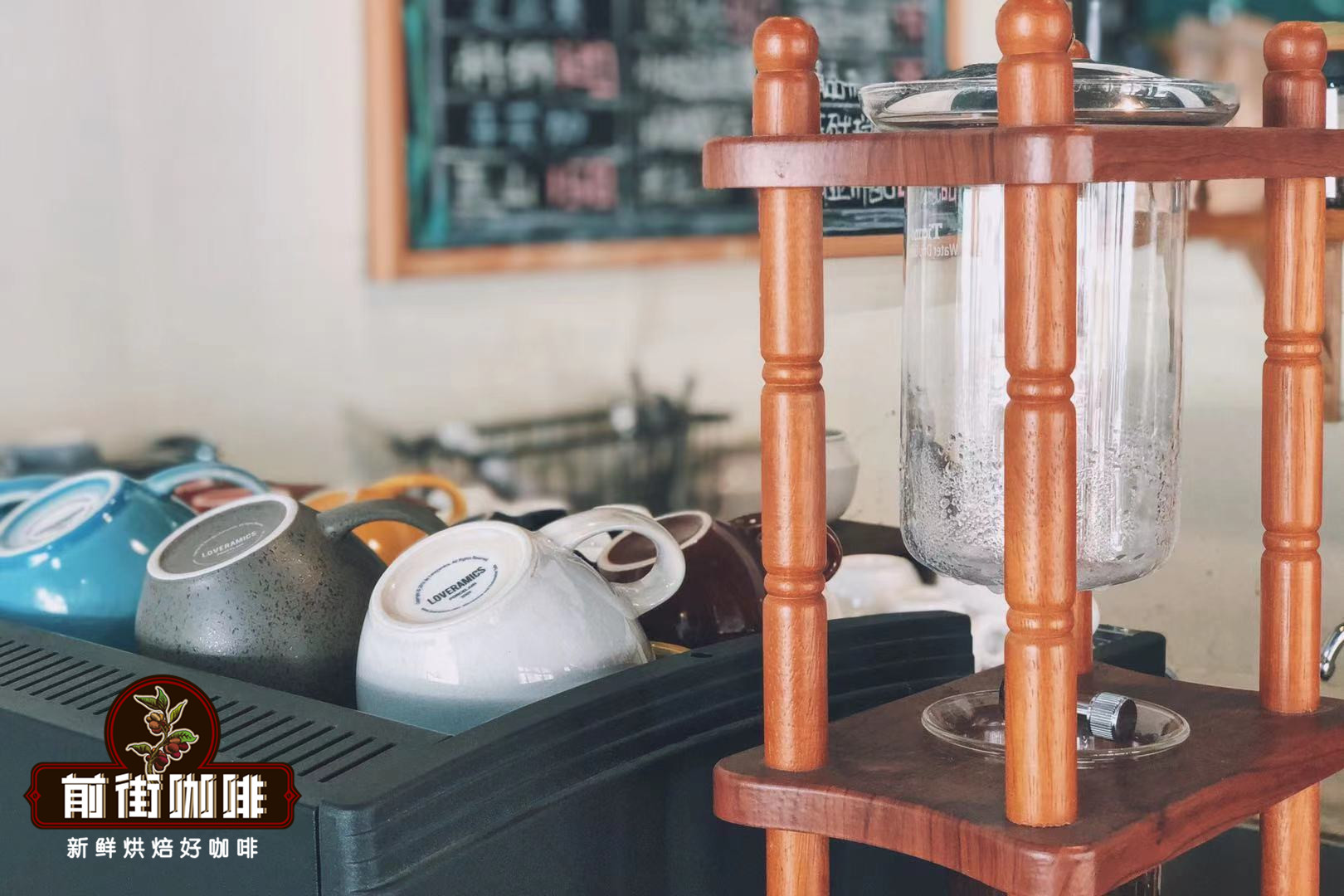What are the characteristics of cuckoo coffee in Guatemalan coffee producing area

Professional coffee knowledge exchange More coffee bean information Please pay attention to coffee workshop (Weixin Official Accounts cafe_style)
Coban coffee production area is located in Alta Verapaz province, 220 km away from Guatemala city, this production area is famous for its unspoiled natural environment and unique microclimate. Alta Verapaz is geographically adjacent to the northern province of Peten, which is the core of Mayan culture and the source of the largest tropical rain forest in Central America in Guatemala; looking further south, it faces mountains with altitudes above 1600 meters. The contrast between the high-altitude mountains and the high-humidity tropical rain forest makes the area always shrouded in fine mist formed by dense clouds falling. The name "Coban" comes from the Q eqchi language "Cob An", which means "foggy place".
This area has some of the most amazing mountain views in Guatemala: stunning views, rich limestone landscapes, and rugged hilly terrain with clouds. Coban's upland climate and landscape are among the wettest and greenest in Guatemala, while the constant rain infuses the land and rivers with abundant water, making the area a fascinating destination for adventure and ecological excursions.
Coban is also one of the few breeding grounds for Quetzal (Pharomachrus and Euptilotis), the national bird of Guatemala and the currency name of Guatemala. If you visit Guatemala, you can admire long-tailed birds with bright tails at Biotopo del Quetzal.
The coffee producing area is located in the misty forest of Alta Verapaz, a non-volcanic area full of limestone and clay, with cool and humid environmental characteristics. It is often shrouded in the famous "Chipi Chipi"(persistent light rain), mist and moisture wetting every inch of Koban, fine mist from the humid tropical rain forest air drift to Koban high altitude formed by the fog.
There are two seasons: rainy season and rainy season. Annual rainfall here is the second highest of all coffee-producing regions in Guatemala, with the heaviest rainfall from May to December. Most of the coffee grown in the Koban rainforest region is grown on the special rolling hills of this area, growing harmoniously with the rainforest composed of local natural tree groups.
About Coffee
Quetzal Coffee SHB
Production area: Coban Rainforest Production Area
Planting altitude: 1300-1500m
Treatment method: water washing treatment method
Soil: limestone and clay
Shade Tree: Inga
Harvest time: December to May
Annual rainfall: 3000-4000mm
Humidity: 85-95%
Annual average temperature: 15-20ºC
Water content: 12.2%
Flavor Description: Black currant, mint, melon, peach notes acid value, toffee sweetness, milk chocolate, medium good body.
Elevation classification of Guatemala:
Like many Central American countries, Guatemala has its own growing elevation classification:
Prime: Planted at 750- 900 meters above sea level.
Extra Prime: Planting altitude 900--1050m.
Semi Hard Bean: Planted at an altitude of 1050--1220m.
Hard Bean (HB): Planted at an altitude of 1220--1300m.
Strictly Hard Bean (SHB): Planted above 1300 meters.
Guatemala Coffee Features:
Guatemala also has: tropical rain forest, volcanic geology, plateau vertical valley and variable micro-climate, coupled with several rainfall patterns and fertile soil, making Guatemala coffee flavor million kinds, tonal diversity rich, there are fine, elegant, sweet, fruity, but also more complex, rich, with chocolate, toffee aroma.
END
Important Notice :
前街咖啡 FrontStreet Coffee has moved to new addredd:
FrontStreet Coffee Address: 315,Donghua East Road,GuangZhou
Tel:020 38364473
- Prev

The ancient Blue Mountain Coffee Farm in Jamaica Clifton Coffee Farm introduces the flavor of Blue Mountain Coffee.
Professional coffee knowledge exchange more coffee bean information please follow the coffee workshop (Wechat official account cafe_style) Jamaica (Jamaica) Blue Mountain Coffee, the legal coffee production area, because there are constantly shrouded by blue fog, so the local people named the Blue Mountains of this area. The Blue Mountain producing area (Blue Mountain) is located in eastern Jamaica, spanning 45 km and 20 km wide.
- Next

Panamanian Jade Manor what's the difference between Panamanian Rosa Coffee beans, Rose Summer Red, Green and Blue?
Professional coffee knowledge exchange more coffee bean information Please pay attention to the coffee workshop (Wechat official account cafe_style) Geisha pronunciation is similar to Japanese geisha, so some are also called geisha coffee; because the tree species are taller than ordinary coffee trees, they were originally planted in a small area of the manor and were used as windbreaks. And the son of the manor owner, in order to attend the annual Panama,
Related
- Detailed explanation of Jadeite planting Land in Panamanian Jadeite Manor introduction to the grading system of Jadeite competitive bidding, Red bid, Green bid and Rose Summer
- Story of Coffee planting in Brenka region of Costa Rica Stonehenge Manor anaerobic heavy honey treatment of flavor mouth
- What's on the barrel of Blue Mountain Coffee beans?
- Can American coffee also pull flowers? How to use hot American style to pull out a good-looking pattern?
- Can you make a cold extract with coffee beans? What is the right proportion for cold-extracted coffee formula?
- Indonesian PWN Gold Mandrine Coffee Origin Features Flavor How to Chong? Mandolin coffee is American.
- A brief introduction to the flavor characteristics of Brazilian yellow bourbon coffee beans
- What is the effect of different water quality on the flavor of cold-extracted coffee? What kind of water is best for brewing coffee?
- Why do you think of Rose Summer whenever you mention Panamanian coffee?
- Introduction to the characteristics of authentic blue mountain coffee bean producing areas? What is the CIB Coffee Authority in Jamaica?

